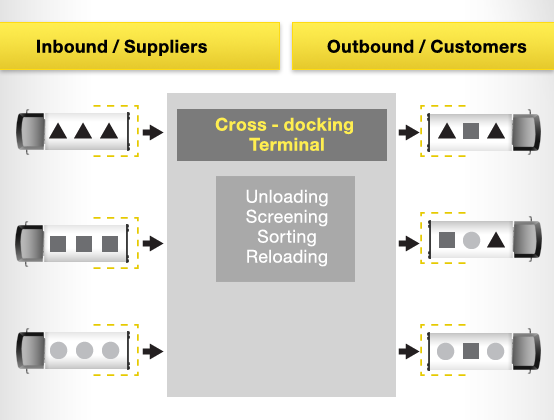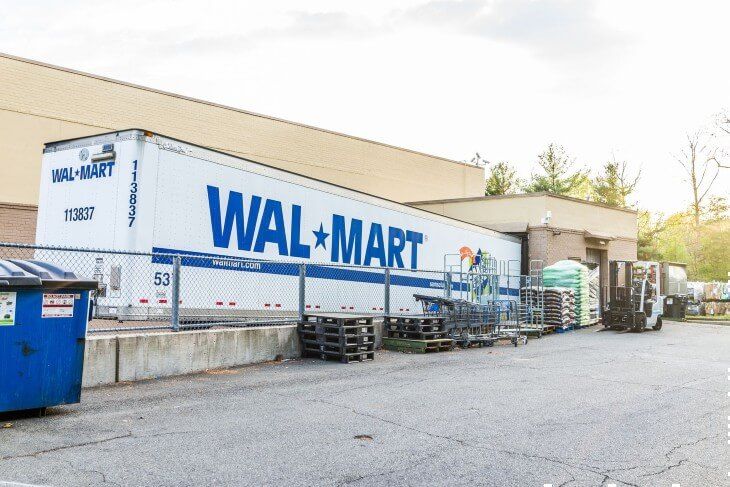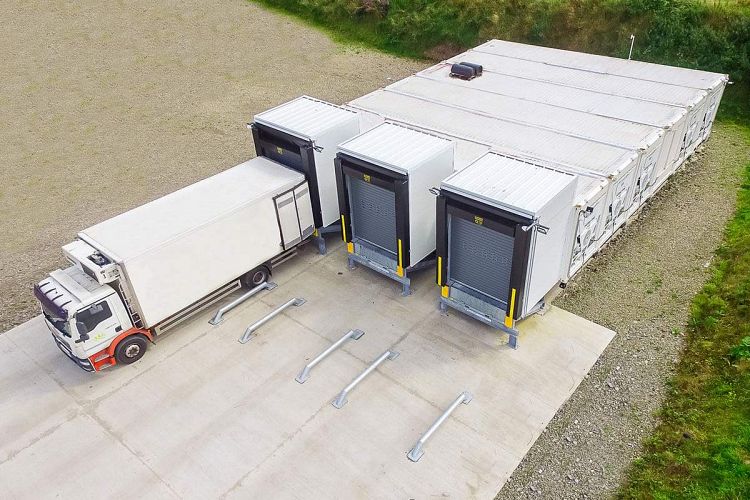Food & Cross-Docking: What You Need To Know
"Although cross docking is considered as a relatively new logistics strategy..its roots are tied to the 1930s. Even if there are claims that it is used in U.S. military operations in the supply during WWII, the business world hadn't recognized the importance of the cross docking concept until the late of 1980s, when it was applied by the retail chain Wal-Mart, which thereby achieved significant savings."

"Cross-docking is a logistics procedure where products from a supplier or manufacturing plant are distributed directly to a customer or retail chain with marginal to no handling or storage time. "

Cross-Docking reduces human interaction and error rates; it improves and optimizes general processing.
Cross-Docking reduces labor costs and eliminates the need for multiple warehouses. This process also allows inventory to move more quickly, which reduces shipping time and overall inventory management costs.
Furthermore, it is more efficient for businesses with large inventory. Because cross-docking involves fewer trips, shipments are more likely to be delivered on time. And because cross-docking facilities are usually located close to the final delivery destination, you can save money on transportation, storage space, leasing.
"But generally speaking, as pointed out, the best candidates for cross-docking are fast-moving products with constant demand."
In cross-docking, products are sent directly from production facilities to distribution centers and transportation points. The goal is to meet the deadline. In this case, the best products for cross-docking are those that are ready for sale, such as perishable items. For example, fresh food is a prime candidate for this process.
Cross-docking can contribute to achieving significant benefits.
"Instead of shipping small orders that do not occupy the entire cargo area directly on the trailers (Less-Than-Truckload, i.e., LTL), cross-docking consolidates small orders into one big shipment, in order to fullfill the entire cargo area (Truck-Load, i.e. TL). Thus, with the help of a cross-docking, more frequent and more economical deliveries could be made, because, with every other delivery, orders meet the entire cargo area in trailers. With these just-in-time deliveries, inbound shipments are transferred directly to outbound shipments with little, if any, warehousing."
Cross-docking methods allows suppliers to maintain freshness for longer periods of time.
When implementing cross-docking in your warehouse, it's essential to know what type of product you have to ship. In these cases, you can use vehicles to extend your warehouse space. But in most cases, your warehouses will be more flexible and more automated. So whether you are in a B2B or B2C environment, cross-docking will improve your efficiency.
"Greatest benefits of cross-docking operations are shipment consolidation and customization, reduced transportation cost, reduced needs for warehouse space and labor cost, just-in-time of deliveries, improved service level and demand and supply balancing. The main factors influencing cross docking effectivness are following:
-
1) Pallet handling
-
2) Freight mix
-
3) Number of forklifts
-
4) Number of receiving gates
-
5) Gates layout and size of a cross dock."
As with any process, cross-docking has its benefits. It is a crucial way to reduce transportation costs. Using cross-docking in your warehouse will allow you to save space by reducing the number of products you have to ship by consolidating shipment efforts. Combined with automated systems, your products will be delivered to your customers faster without sitting and collecting dust in a warehouse.

It can also dramatically reduce the amount of inventory you have to handle. This is good for your business because it eliminates a crucial and costly link in your supply chain. If you're running a business and want to save money on shipping costs, cross-docking is the way to go.
Using cross-docking can eliminate the need to pick up inventory from different locations. It also minimizes labor costs and lead time. It improves customer service and your reputation as a fast-delivery company. The process of cross-docking can reduce transportation costs, and make your business more efficient. All of these benefits will keep food fresher for longer-- it gets perishable items to their destination seamlessly.
Excerpts from (unless otherwise noted):
CROSS DOCKING IMPLEMENTATION IN DISTRIBUTION OF FOOD PRODUCTS
Original scientific paper Economics of Agriculture 1/2013 UDC: 339.188.2
CROSS DOCKING IMPLEMENTATION IN DISTRIBUTION OF FOOD PRODUCTS
Dragan Vasiljevic1, Miroslav Stepanovic2, Oliver Manojlovic3



.png?width=500&name=Advantages%20of%20Using%20Cross-Docking%20Solutions%20VS%20Warehousing%20(2).png)